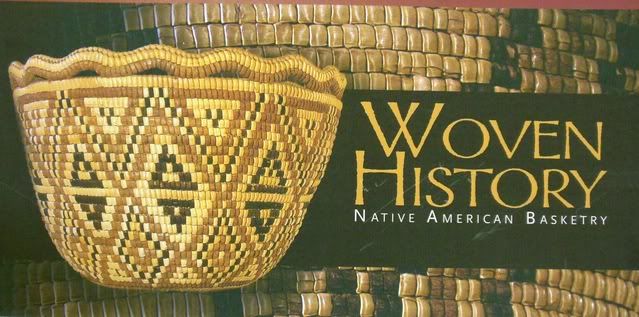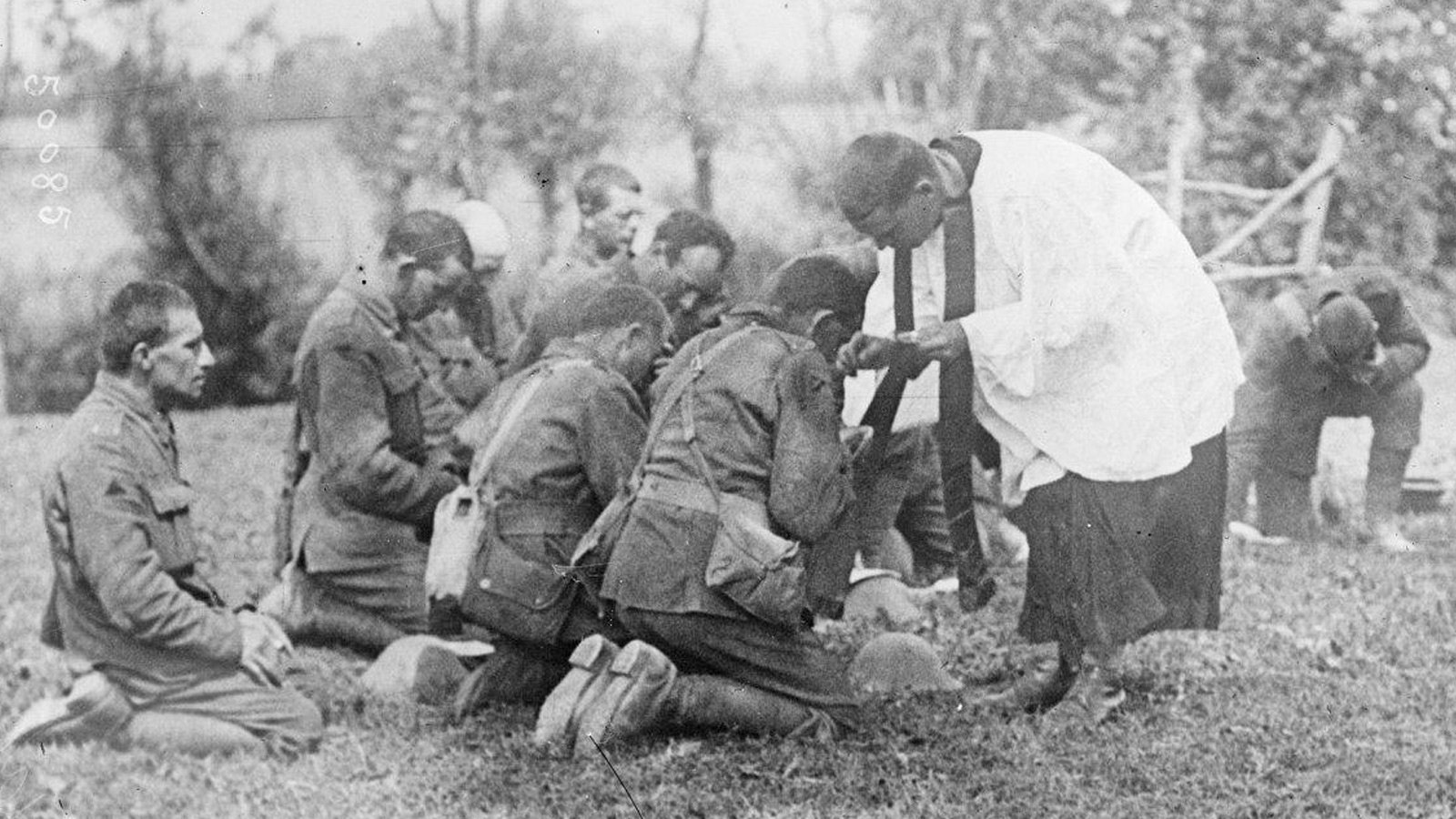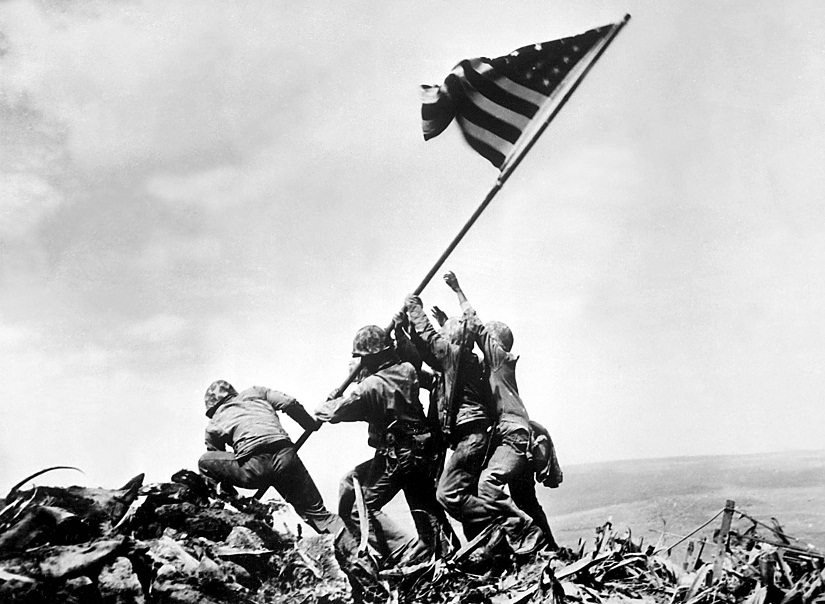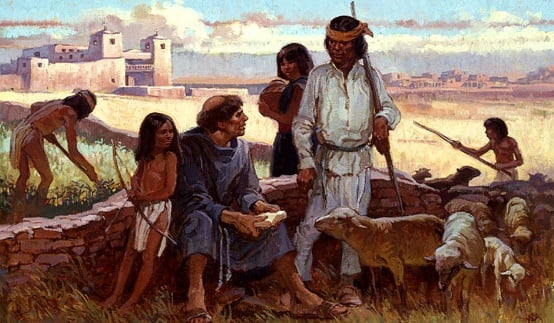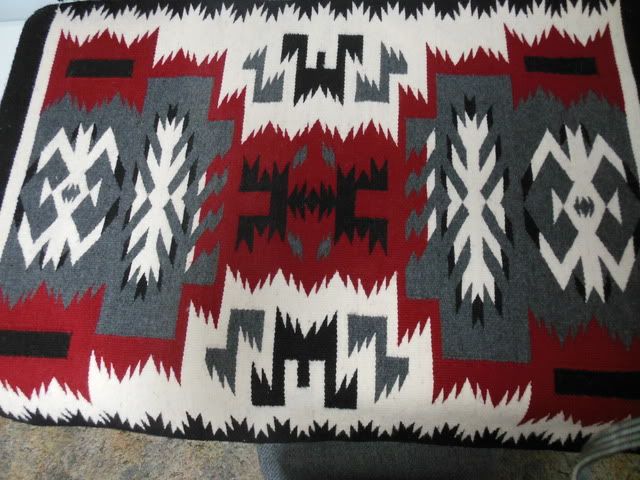Woven History, Part 1 (Photo Diary)
Old baskets are fascinating. They reflect traditions and skills, as well as changes to culture and lifestyle. They speak to us from the past and can tell us much about the weaver’s life and society’s values. The display of Native American baskets at the Clark County Historical Museum in Vancouver, Washington, includes baskets from many … Continued
